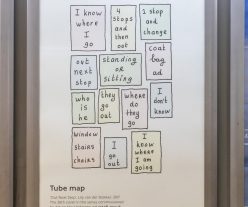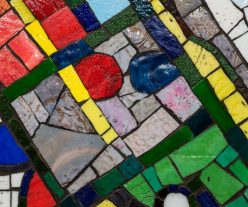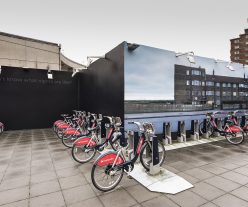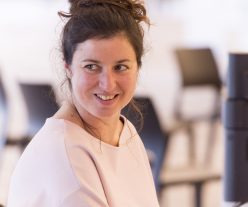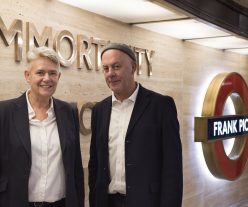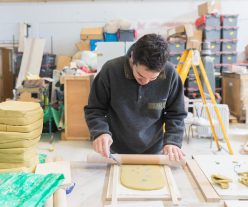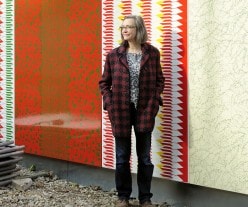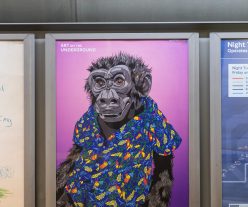
Pio Abad
Pio Abad (b. 1983, Manila, lives and works in London) began his art studies at the University of the Philippines before receiving a BA from Glasgow School of Art and an MA from the Royal Academy Schools, London. He has recently exhibited at Centre for Contemporary Arts, Glasgow (2016); 4A Centre for Contemporary Asian Art, Sydney (2016); EVA International Biennial, Limerick (2016); e-flux, New York City (2015); Asia Art Archive, Hong Kong (2015); Museum of Contemporary Art and Design Manila (2015); Gasworks, London (2014) and Jorge B. Vargas Museum, Manila (2014). Current and forthcoming projects include group exhibitions at Kadist, Paris and Para Site, Hong Kong and solo presentations at Art Basel Encounters, Hong Kong; Silverlens, Manila and Oakville Gardens, Ontario.

